A cancer-killing virus could soon be approved for use after shrinking tumours in a third of people with late-stage melanoma
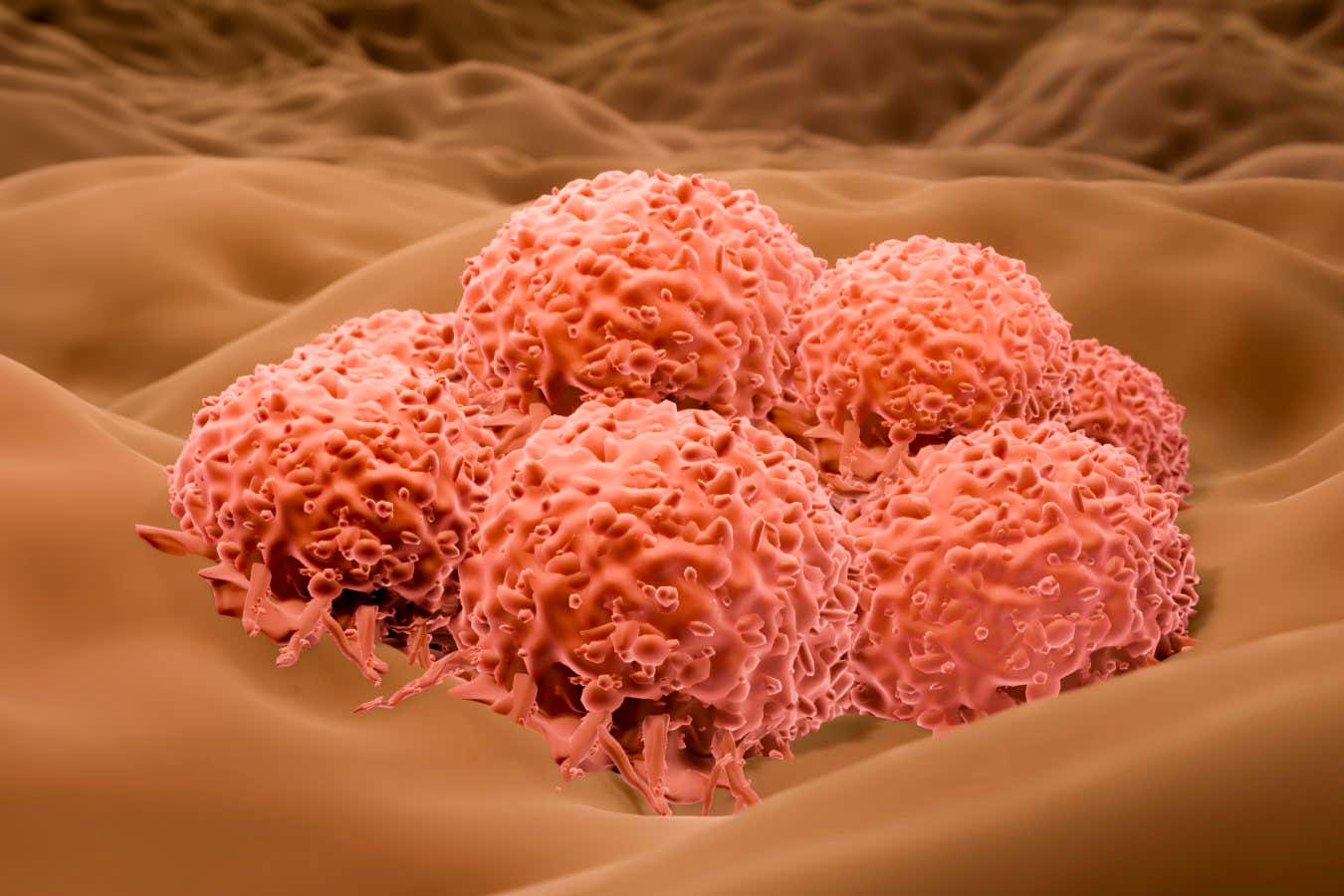


While humans can regularly replace certain cells, like those in our blood and gut, we cannot naturally regrow most other parts of the body. For example, when the tiny sensory hair cells in our inner ears are damaged, the result is often permanent hearing loss, deafness, or balance problems. In contrast, animals like fish, frogs, and chicks regenerate sensory hair cells effortlessly.
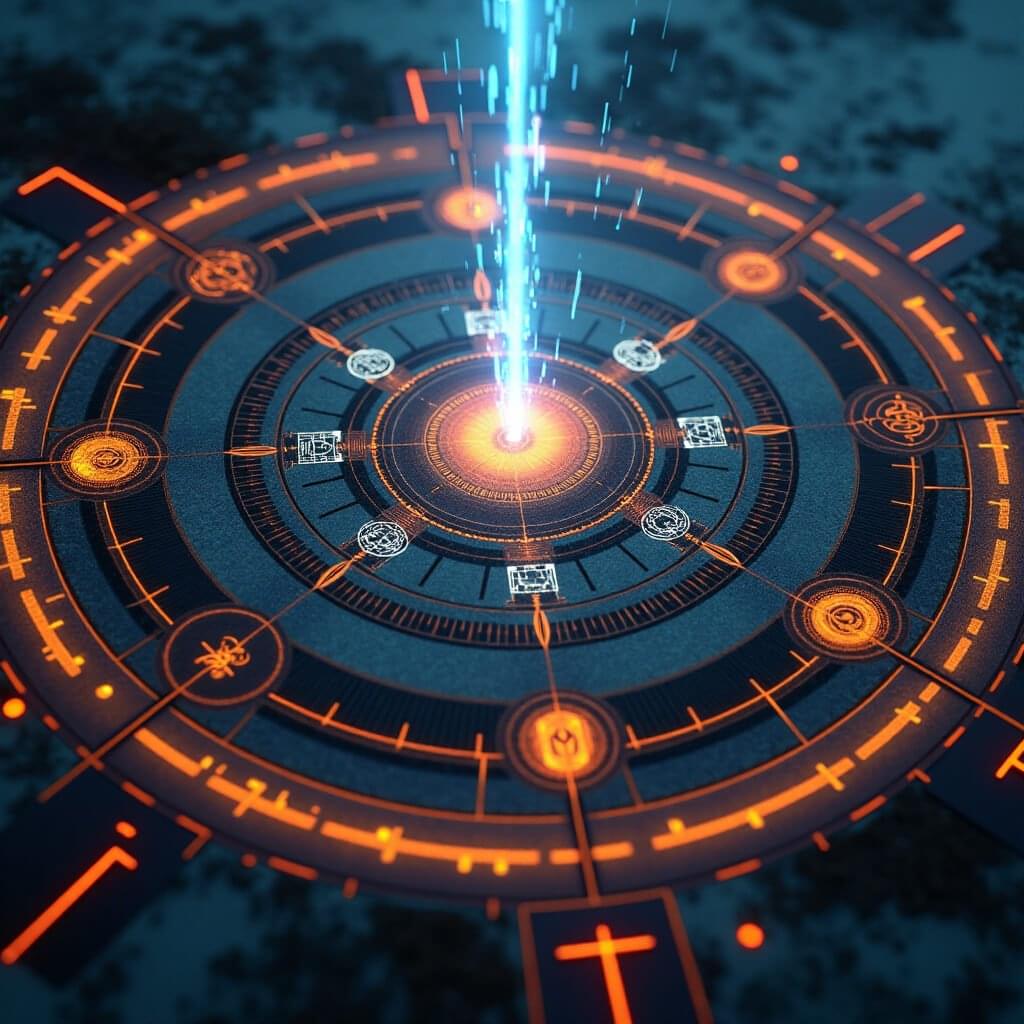

Spintronics are promising devices that work utilizing not only the charge of electrons, like conventional electronics, but also their spin (i.e., their intrinsic angular momentum). The development of fast and energy-efficient spintronic devices greatly depends on the identification of materials with a tunable spin-selective conductivity, which essentially means that engineers can control how electrons with different spin orientations move through these materials, ideally using external magnetic or electric fields.
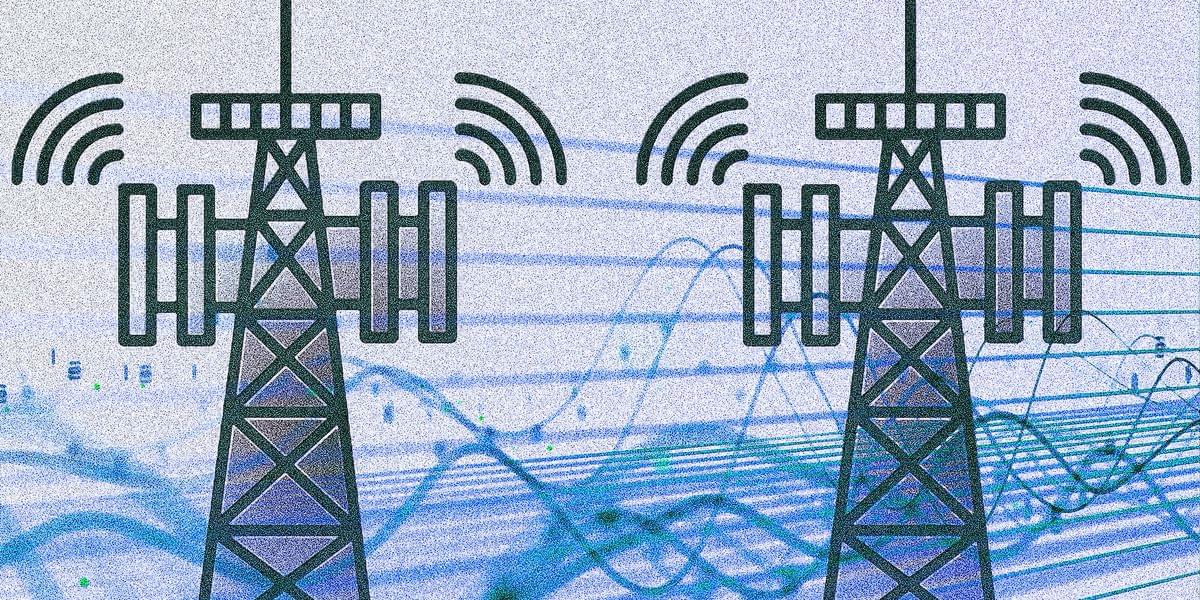
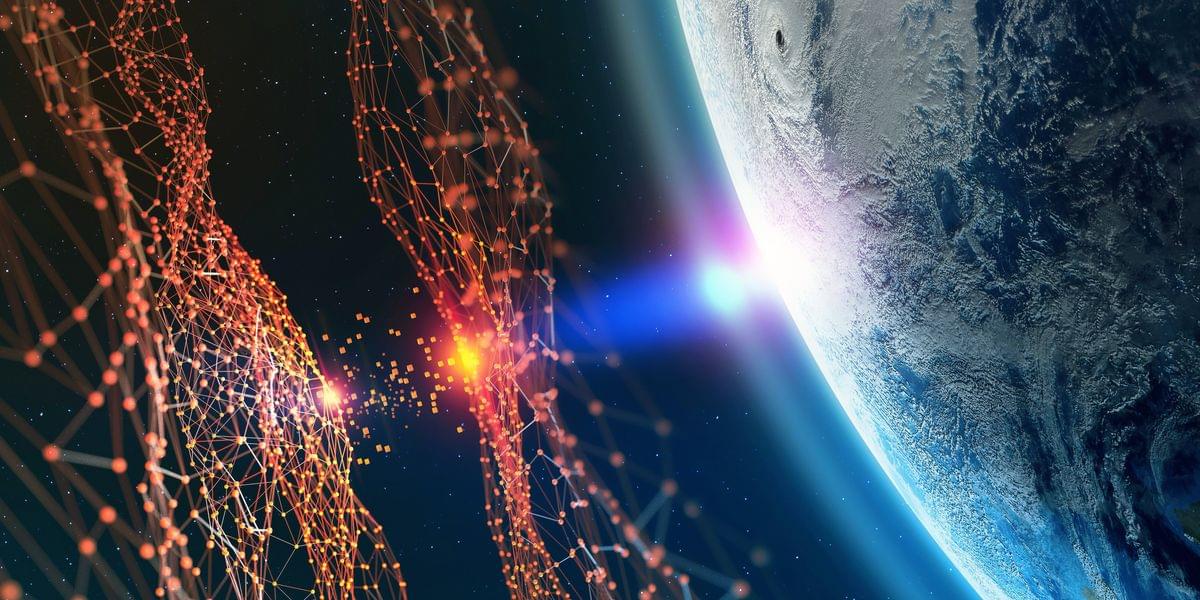


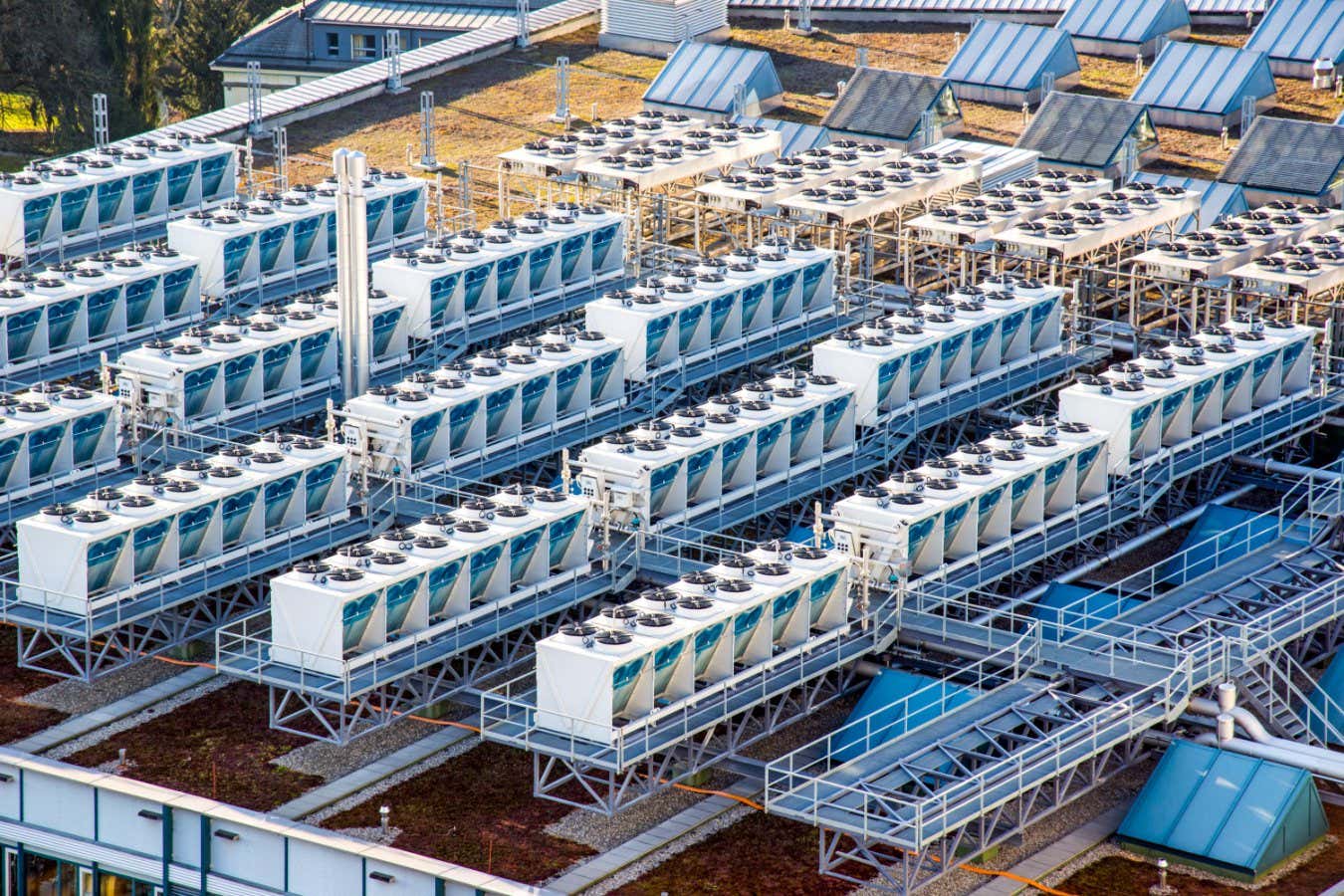
Demand for air conditioning will only grow as temperatures rise, sending energy consumption soaring. But there are some interesting ways to deal with the issue, finds Graham Lawton
